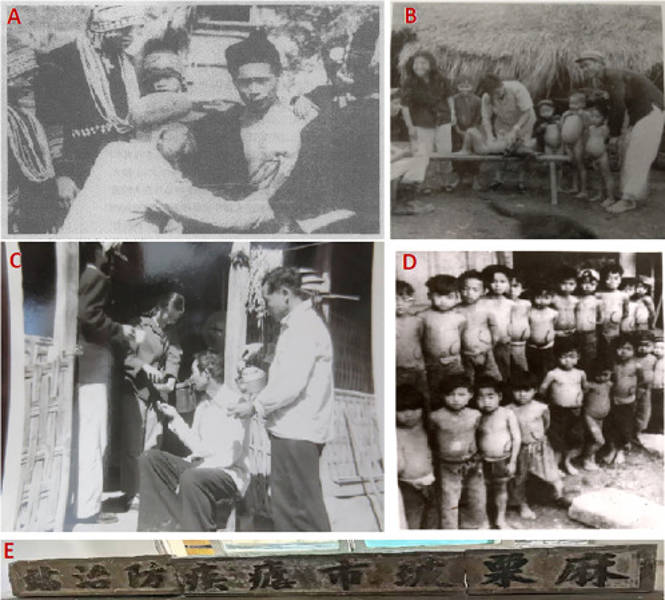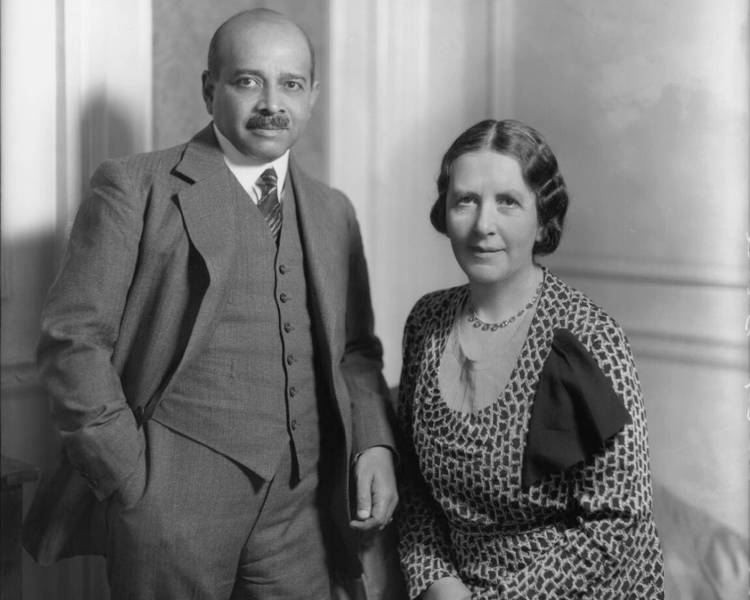In colonial India there were a few Medical Colleges & several other Medical Schools. Rarely do people know the difference between these two.
Difference between Medical College & Medical School
Medical Colleges awarded a graduation degree in medicine & surgery (which is known as M.B.B.S now) while Medical Schools awarded Licentiate in Medical Practices (L.M.P or L.M.& S). Licentiates weren’t full fledged doctors and supposed to work as assistants of doctors. They weren’t eligible to take admission in M.D or M.S unlike the graduates of Medical Colleges.
Medical Colleges had a uniform curriculum governed by the Medical Council of India (before that they were governed from England) and awarded university degrees.
Medical Schools weren’t governed through the Medical Council, thus no uniformity in curriculum and degrees weren't from a university. Interestingly, the Licentiate program was also of 5 years duration like a Medical degree but with less curriculum.
By the end of 1938, India had 10 Medical Colleges:
-
Carmichael Medical College, Belgachia, Bengal
-
Medical College, Calcutta, Bengal
-
Prince of Wales Medical College, Patna, Bihar
-
Grant Medical College, Bombay
-
Seth Gordhanas Sunderdas Medical College, Bombay
-
Medical College, Madras
-
Medical College, Viazgatapan, Madras
-
Lady Hardinge College, New Delhi
-
King Edward Medical College, Lahore, Punjab
-
King George’s Medical College, Lucknow, United Provinces
By the year 1938, 600 - 700 students were graduating each from these medical colleges and the number of women medical graduates passing out in 1938 were 51. Six of these medical colleges were government owned.
Also Read :
The 1852 Final year question paper of the Calcutta Medical College. Can you answer?
There were 27 Medical Schools apart from these medical colleges. US War Department Bulletin noted in 1945, “The first medical school in India was established in Calcutta in 1822. The 27 schools which now exist are under provincial or local control. There is no uniformity among these schools and no minimum standards have been established for them. Graduation from a secondary school is the only prerequisite for admission to most of the medical colleges, although Bombay and Sind now require applicants to pass simple examinations in science. The Stanley Medical School in Madras probably has the best teaching facilities of any of these schools. The course of study in medical schools is 5 years. A uniform standard of medical education is urgently required in India. Licentiates, who have devoted the same length of time to their training as have graduates of the medical colleges, are extremely dissatisfied at the distinction which is made between them. The qualifications of licentiates are not recognized by the Medical Council of India and they are given little opportunity to acquire postgraduate training or to obtain good positions.”
According to the United States War Department Bulletin of 1945, “It is estimated that in 1944 there were about 40,000 physicians in India, or one for every 10,000 persons. About one-third of these physicians are graduates of medical colleges and two-thirds are licentiates, or graduates of medical schools…. In some of the larger towns in India a similar ratio actually is reached, since most physicians congregate in urban areas where there is more opportunity to make a good livelihood.”
Why did Medical Schools cease to exist?
Sir Joseph Bhore committee report of 1946 recommended the upgradation of Medical Schools to Medical Colleges, allowing licentiates to gain M.B.B.S with a bridge course & gradually discontinuing the licentiate degrees. As India gained independence in 1947 gradually all the Medical Schools were upgraded to Medical Colleges for uniform administration.
P.S: By India we mean India under the British crown & doesn’t include French or Portuguese colonies.



.png)


